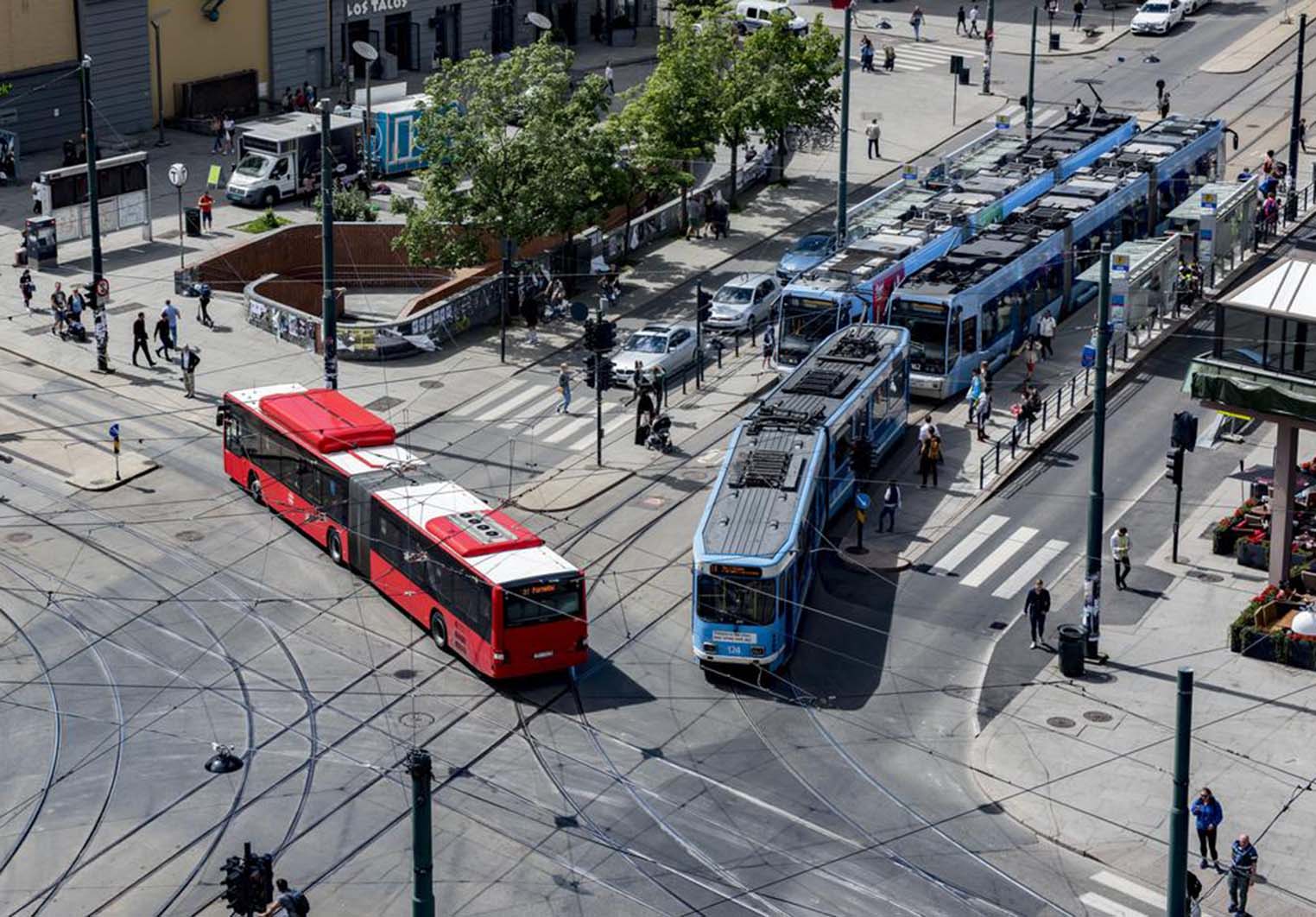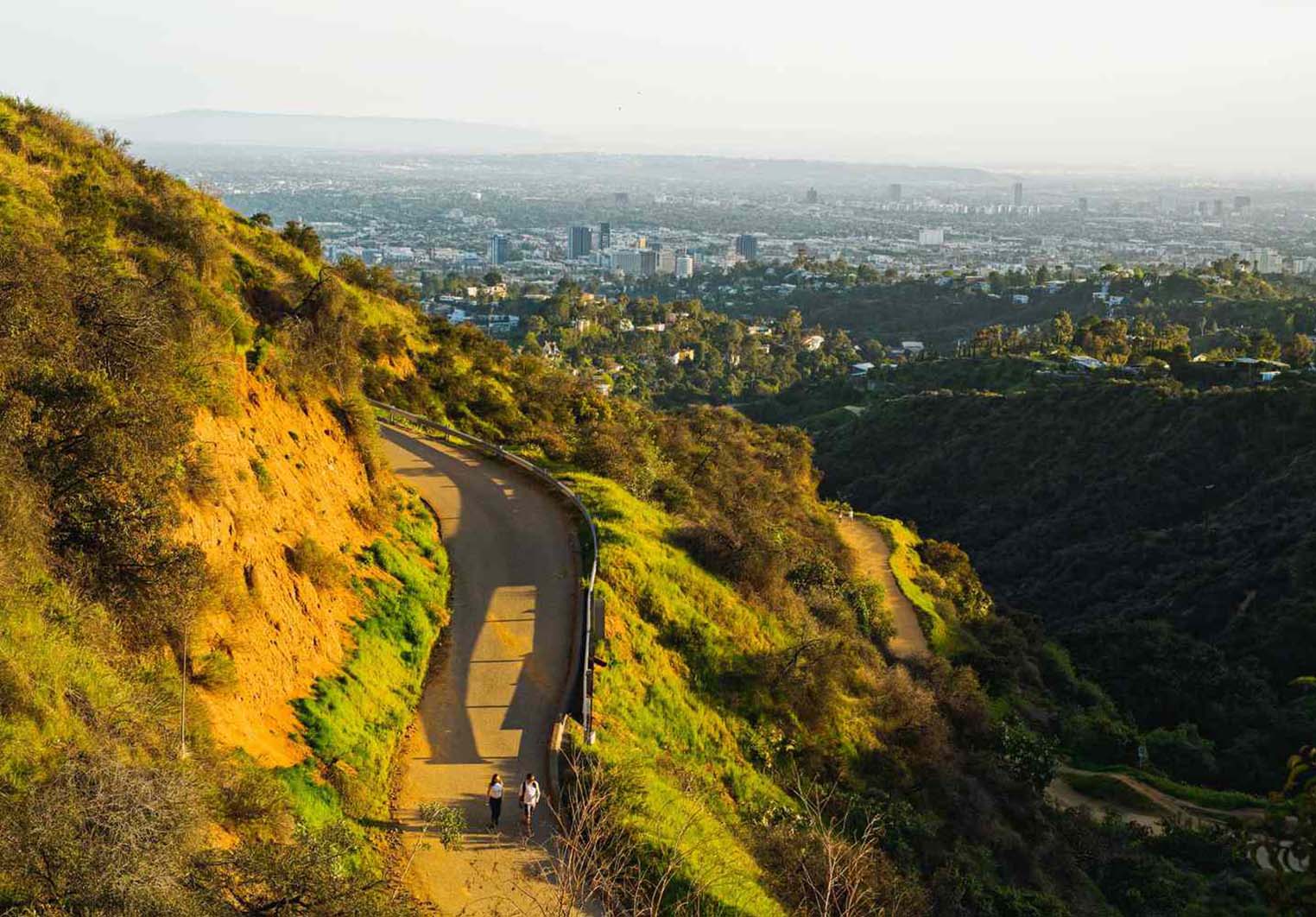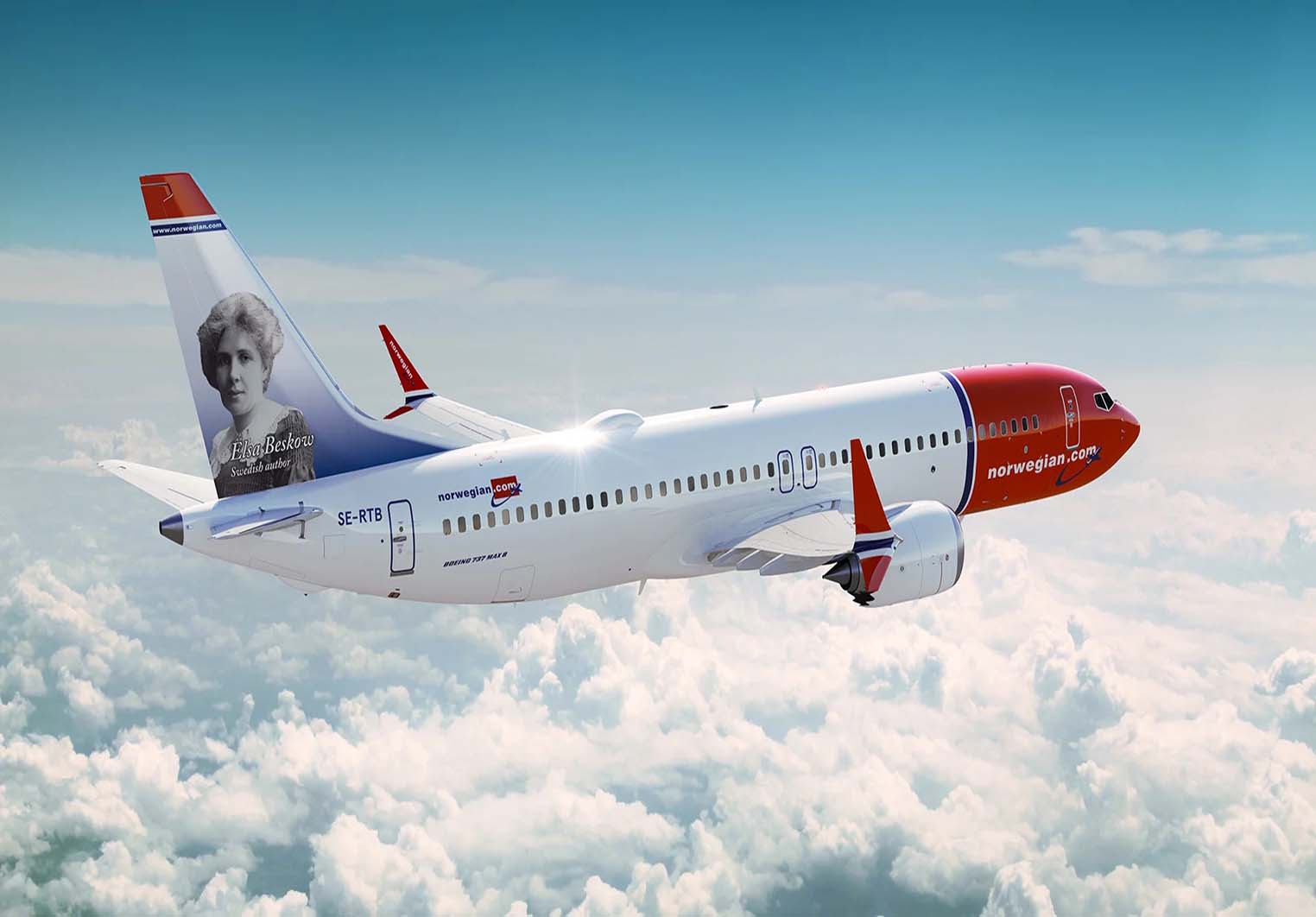Oslo, the stunning capital of Norway, is a city that seamlessly blends natural beauty with modern urban life. One of the best ways to explore this vibrant city is through its efficient public transport system. In this article, I’ll share my firsthand experiences and practical tips for navigating Oslo’s public transport, ensuring you make the most of your visit.
Oslo’s Public Transport System
Oslo has an extensive and integrated public transport network comprising buses, trams, the metro (T-bane), and ferries. This interconnected system allows you to use a single ticket across different modes of transport within a specified timeframe, making it convenient for travelers like me.
The Oslo Pass: A Smart Investment
During my stay, I decided to purchase the Oslo Pass, which proved to be a game changer. This all-in-one ticket grants unlimited travel on public transport for 24, 48, or 72 hours, alongside free entry to numerous museums and attractions. When I calculated my potential expenses, it became clear that the pass would save me money and hassle.
- Where to Buy: I bought my Oslo Pass at the Oslo Central Station, which was incredibly easy. The staff spoke fluent English and guided me through the process. You can also purchase the pass online, which I later discovered saves time upon arrival.
- Benefits: The Oslo Pass allowed me to hop on and off trams, buses, and the metro without worrying about ticket prices. After just one day of using it, visiting the Viking Ship Museum and the Munch Museum, I had already saved more than the cost of the pass itself. I highly recommend getting one if you plan to explore extensively.
Navigating the Metro System
The T-bane
Oslo’s metro, known as the T-bane, is one of the most efficient ways to navigate the city. It has five lines connecting various neighborhoods and attractions, making it easy to reach your destination.
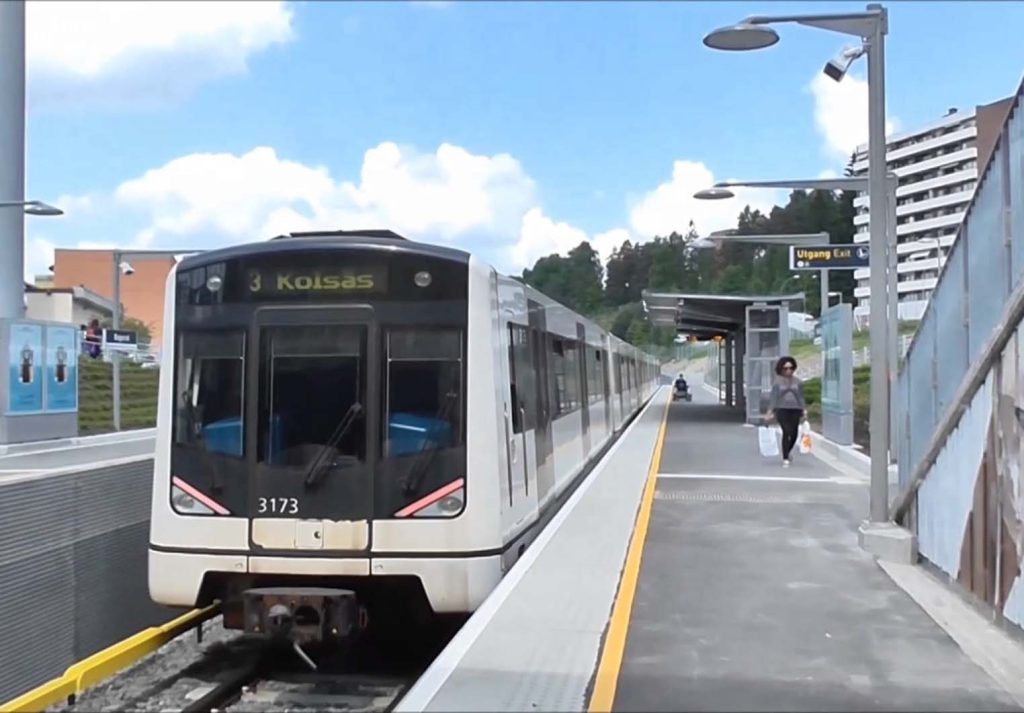
- Key Stations: Major hubs like National Theatre, Oslo Central Station (Oslo S), and Majorstuen serve as interchange points for many metro lines. I found these stations to be well-signposted and user-friendly, with information available in English.
- Using the Metro: The T-bane was straightforward to use. The trains are frequent, clean, and punctual. I downloaded the RuterBillett app, which provided real-time information about train schedules and connections. This app became invaluable, especially when I was in a rush to reach my next destination.
Ticket Purchasing and Validation
- Ticket Machines: At metro stations, there are ticket machines accepting both cash and credit cards. The machines have an English language option, which made the process simple for me. On my first day, I bought a single-journey ticket to get to the famous Frogner Park.
- Validating Tickets: It’s crucial to validate your ticket before boarding. I witnessed ticket inspectors during my travels, and having a validated ticket saved me from potential fines. Make sure to check the validation machines located near the station entrances.
Exploring the Bus and Tram Network
Buses
Oslo’s bus network is extensive and covers areas not served by the metro. I found it particularly useful for reaching attractions like the Holmenkollen Ski Museum and the botanical gardens.
- Finding Routes: The RuterBillett app was again my go-to tool. I would enter my destination, and the app provided the best bus route and estimated arrival times. The bus stop signs display route numbers and schedules, making it easy to plan my journey.
- Bus Stops: I made it a habit to check the electronic displays at bus stops, confirming the correct bus was arriving. This small practice saved me time and confusion, especially during peak hours when many buses came through.
Trams
The tram system is another delightful way to explore Oslo, especially in scenic areas. The tram lines that head to Majorstuen and Frogner Park are particularly charming.

- Routes to Take: I frequently took Tram Line 12 to visit Frogner Park, home to the famous Vigeland Sculpture Park. The tram ride was enjoyable, offering beautiful views of Oslo’s streets and architecture. The trams are usually quite spacious, and I appreciated the frequent stops that allowed me to explore different neighborhoods.
- Ticketing: Just like the metro and buses, the trams accept the same tickets, including the Oslo Pass. This seamless integration made it easy to hop from one mode of transport to another, maximizing my time spent exploring.
Ferries and Boats
One of the highlights of my Oslo trip was taking a ferry to the Bygdøy Peninsula, known for its stunning museums and beaches.
Riding the Ferries
- Departure Points: Ferries depart from City Hall Pier (Rådhusbrygge), conveniently located near the city center. I loved the atmosphere there, surrounded by the beautiful waterfront and the iconic City Hall. While waiting for my ferry, I enjoyed watching locals and tourists alike enjoying the sun.
- Using the Oslo Pass: The ferry rides are included in the Oslo Pass, which made traveling to Bygdøy effortless. The journey offered panoramic views of the fjord and surrounding islands. I felt a sense of tranquility as we glided across the water, with the cityscape of Oslo as a backdrop.
Key Destinations on Bygdøy
Upon arriving at Bygdøy, I explored several attractions, including the Viking Ship Museum and the Fram Museum. The ease of ferry access made it possible to enjoy a full day of cultural exploration, and I appreciated how the ferry schedules were well-timed with museum opening hours.
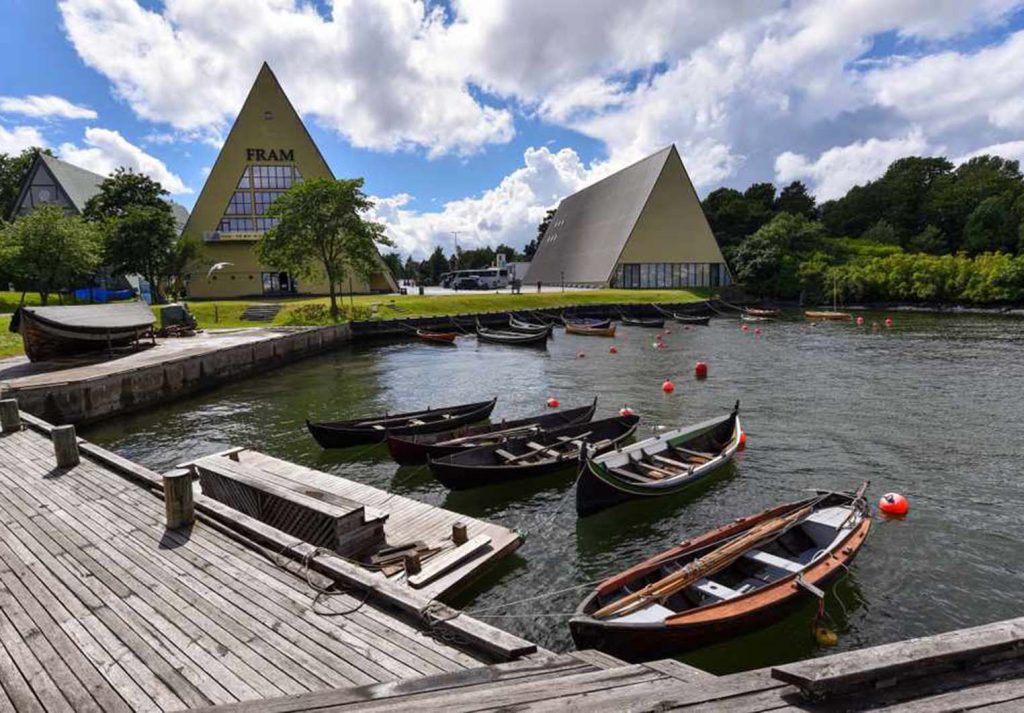
Tips for Efficient Travel
Travel Off-Peak
One hack I discovered was to travel during off-peak hours. The T-bane and buses can get crowded during rush hours (7:30 AM to 9:00 AM and 4:00 PM to 6:00 PM). By setting out early in the morning or later in the evening, I enjoyed a much more pleasant journey with fewer crowds.
Familiarize Yourself with Key Routes
Before arriving in Oslo, I took the time to familiarize myself with important transport routes. I noted which lines connected major attractions, which gave me the confidence to navigate the system effectively.
Ask for Local Help
While most signage is in English, I found that asking locals for directions or advice was incredibly helpful. Norwegians are known for their friendliness, and I had several instances where people went out of their way to assist me.
Leverage the RuterBillett App
The RuterBillett app was indispensable for my travels. It provided real-time information, route planning, and allowed me to purchase tickets directly from my phone. This saved me time and eliminated the hassle of finding cash at ticket machines.
Consider Bike Rentals
For those looking to explore the city more actively, Oslo has a bike-sharing system called Oslo Bysykkel. Renting a bike using the app is easy, and there are numerous bike lanes throughout the city. One sunny afternoon, I rented a bike to ride along the Akerselva River, enjoying the fresh air and scenic views while getting some exercise.
Getting around Oslo is a breeze, thanks to its well-designed public transport system. With the Oslo Pass, helpful apps, and a little planning, you can navigate the city effortlessly and focus on soaking up the incredible experiences it offers. From scenic metro rides to charming trams and ferries, Oslo’s public transport opens up a world of exploration.
